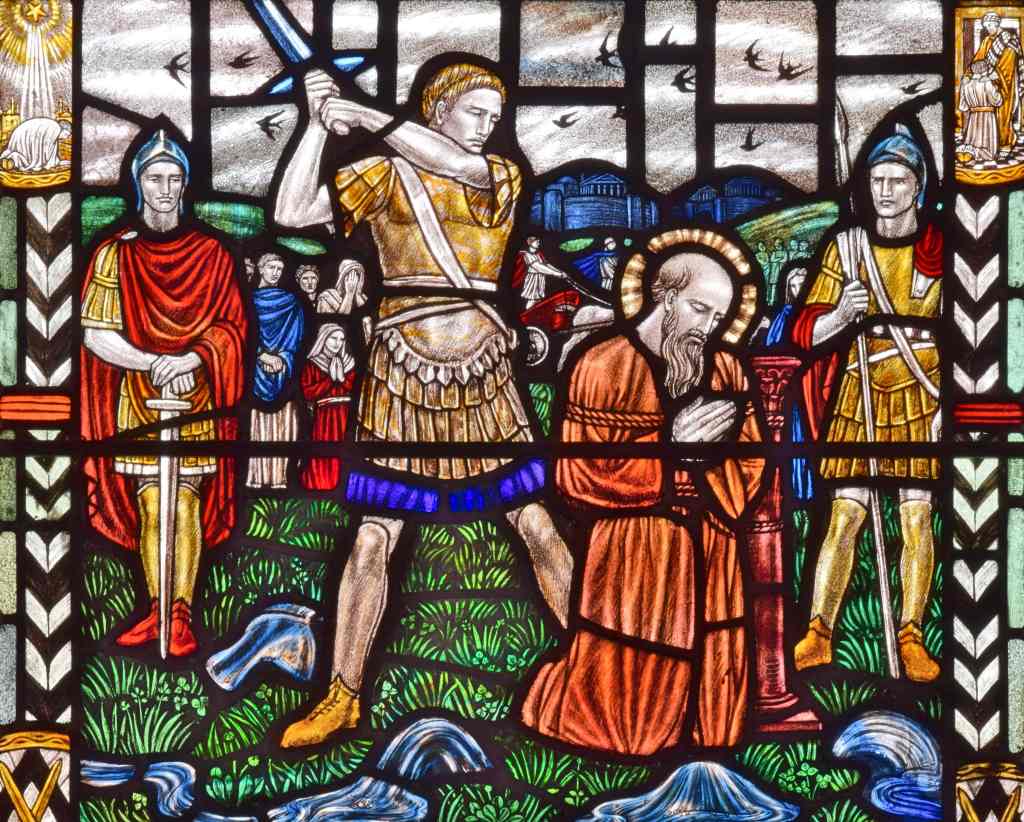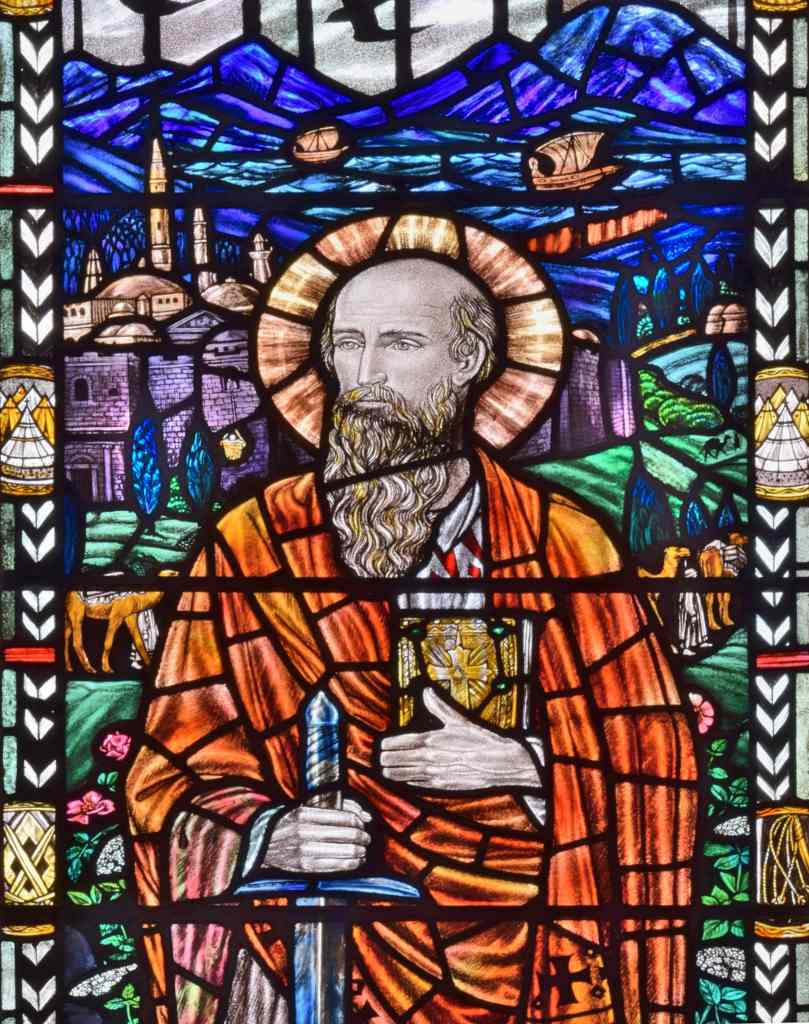According to the Church historian Eusebius, St Paul was beheaded in Rome on the orders of the emperor Nero (c. 67 AD). While the Bible doesn’t record St Paul’s death as such, it tells us that he fully expected to be martyred and that through faith, he had made his peace with it.
Part of this was because he was used to his life being in danger. In one of his letters, he described how he had been repeatedly beaten and shipwrecked, and even stoned (2 Corinthians 11:24-26).
Towards the end of his third missionary journey, a prophet named Agabus warned St Paul that if he went to Jerusalem, he would be arrested. He responded: “I am ready not only to be bound but even to die in Jerusalem for the name of the Lord Jesus.” (Acts 21:10-14). After he arrived in the city, his visit to the temple sparked a riot. St Paul was then arrested by the Romans and imprisoned.
After several years behind bars, he was transferred to Rome, where he lived under armed guard. As a Roman citizen, St Paul had asked to be tried by the Roman emperor. An angel assured St Paul that this wish would be granted (Acts 27:23-24). The New Testament does not tell us about his trial before Caesar, his death sentence, or how soon it happened.
However, Pope Benedict XVI observed: “Only in the Second Letter to Timothy do we find these premonitory words: “For I am already on the point of being sacrificed; the time to set sail has come” (2 Timothy 4: 6; cf. Philippians 2: 17). Two images are used here, the religious image of sacrifice that he had used previously in the Letter to the Philippians, interpreting martyrdom as a part of Christ’s sacrifice, and the nautical image of casting off: two images which together discreetly allude to the event of death and of a brutal death.”
St Paul, who had once rounded up Christians to be murdered, now faced the very same fate (Acts 9:1-2; 1 Timothy 1:13). After his execution, his remains were buried on the road to Ostia. Later, the Basilica of St Paul was built on the site of the tomb.
This stained glass scene of the martyrdom of St Paul is found within the church of St Peter and St Paul, Newport, in Shropshire. Dating to 1914, it was produced by Sister Margaret Rope along with a companion window featuring the life and death of St Peter. Rope created a series of beautiful windows for this peaceful church.
The martyrdom scene is part of a larger window picturing the life of St Paul. The saint is pictured holding a sword, which is both a symbol of how he was martyred and of the ‘sword of the Spirit’ (the Word of God). The window is full of details that tell the story of the apostle’s life.
For example, surrounding the image of the death of the saint are miniature scenes of the St Paul’s call on the road to Damascus, being healed by Ananias and crossed swords symbolising the manner of his death. Higher in the window are details of his work as a tentmaker, his shipwrecks and his punishment by flogging.
See the full image:

Detail of St Paul:

And the full window:

Where to find this work of art
St Peter and St Paul, Newport
Read the relevant passage
2 Timothy 4:6-8
On a similar theme
- From the Old Testament: The Martyrs of the Maccabees also lost their lives for their faith in God.
- From the New Testament: The window of St Paul’s life and death faces a similar window of St Peter’s own life and martyrdom.
